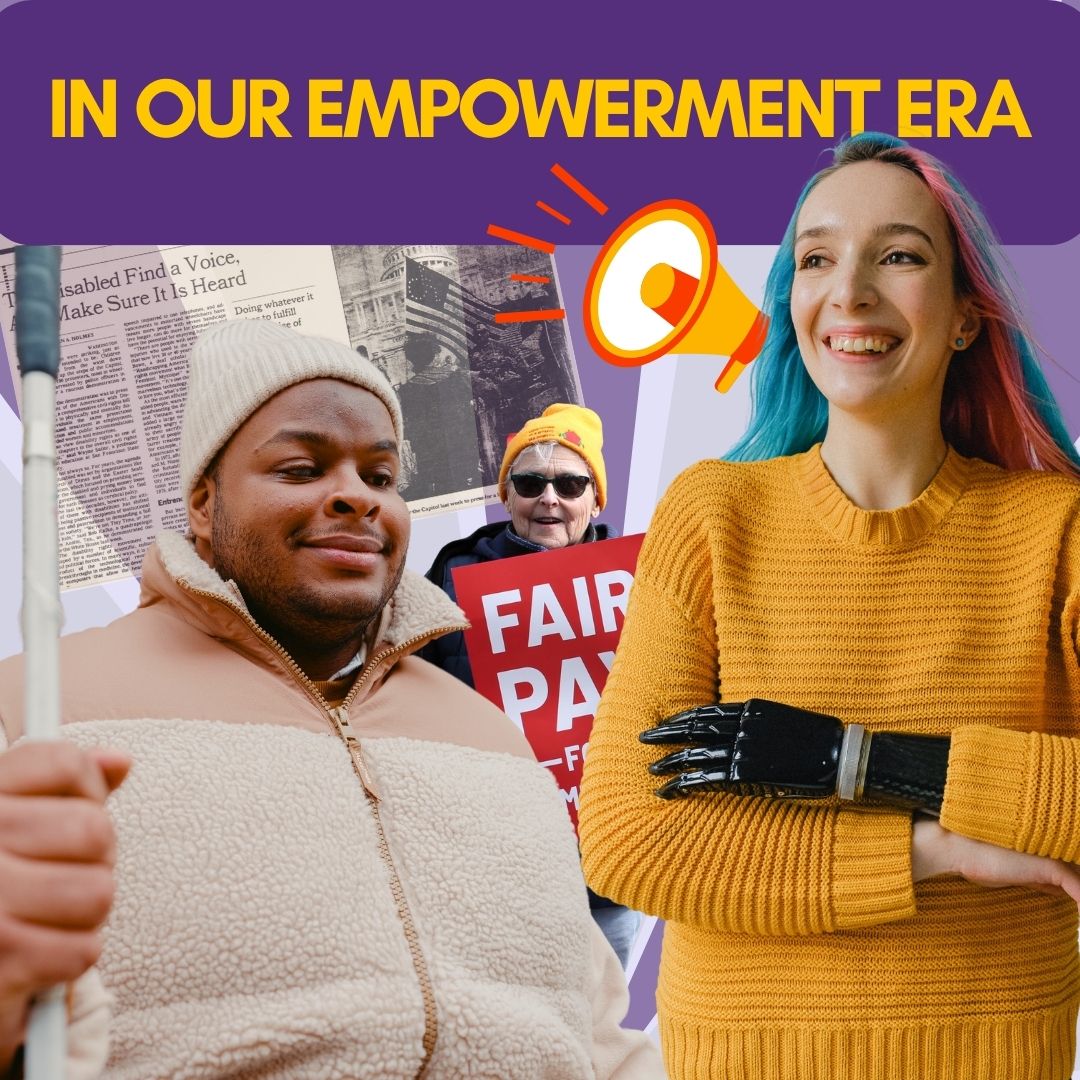The Hidden Dimensions of Disability Policy
in Gov. Hochul’s Executive Budget
A Collaborative Piece by Brian Flannery and Janae Myers
February 5, 2024
Our friends at the New York Association of Independent Living (NYAIL) provided great guidance on Governor Hochul’s fiscal year 2025 executive budget. We encourage everyone reading this to check that out here.
They hit on many of the elements of the suggested budget that reach disability rights, independent living, accessibility, aging and older adults, and related policy goals and ideas. But a key goal for Independent Living’s 2024 advocacy efforts is to extend that conversation to reach even further. People with disabilities make up the largest minority group in New York (indeed, the largest minority group in the United States and the world), and a group that any person can join at any time. True access means policymakers and laws need to recognize this in everything they do.
It is important for us to understand how Governor Hochul’s plans for the budget in 2025 impact us, our rights, and our access to things like independent living, accessibility, and healthcare.
One focus is New York State Investment in More Swimming (NYSWIMS). This is about investing money into making swimming more accessible to everyone, especially in areas that do not usually have many swimming options. This includes setting up temporary pools in communities that would not otherwise have them. But here’s the catch – while this sounds great, there’s not enough talk about making sure these pools are accessible to people with disabilities. We need to make sure everyone can enjoy swimming safely.
Another important topic is infant and maternal health. Governor Hochul has plans to improve this area. We certainly and resoundingly support any state actions to address the racial disparity in maternal mortality rates.[1] In so doing, we also want policymakers not to lose sight of the intersectional dimensions of maternal health risks (overlapping parts of a person’s identity such as race, gender, sexuality and disability, which all impact experiences and opportunities). But here’s what’s missing: there is not enough attention on how these plans affect people with disabilities. Did you know that pregnant people with disabilities often face challenges and doubts from healthcare providers?[2] This is a big deal, and it needs more attention in the plans.
 We need to include people with disabilities beginning from the budgeting, to planning, to developing and operations. Inclusion of people with disabilities cannot be an afterthought. It is not enough to just talk about supporting people with disabilities; we need to make sure our voices are heard and that policies truly reflect our needs. As we move forward with advocacy efforts, let us all make sure we are at the center of the conversation, pushing for policies that benefit everyone, including those with disabilities.
We need to include people with disabilities beginning from the budgeting, to planning, to developing and operations. Inclusion of people with disabilities cannot be an afterthought. It is not enough to just talk about supporting people with disabilities; we need to make sure our voices are heard and that policies truly reflect our needs. As we move forward with advocacy efforts, let us all make sure we are at the center of the conversation, pushing for policies that benefit everyone, including those with disabilities.
If you or someone you know has faced barriers to accessibility, we want to hear from you. To learn more and submit details of your experience, feel free to reach us at 845-565-1162 x202 or fill out our ADA barriers reporting form.
CITED
[1] Id. at 69. (“Black New Yorkers’ rates of maternal mortality are five times higher . . . when compared to those of white New Yorkers.”).
[2] Id.; accord id. (“It is well documented that [pregnant people with disabilities] experience persistent disparities in health care access and outcomes compared with nondisabled [pregnant people]. Social determinants of health and risk factors for poor pregnancy outcomes are more prevalent in the disability community as a whole.”) (internal citations omitted).

